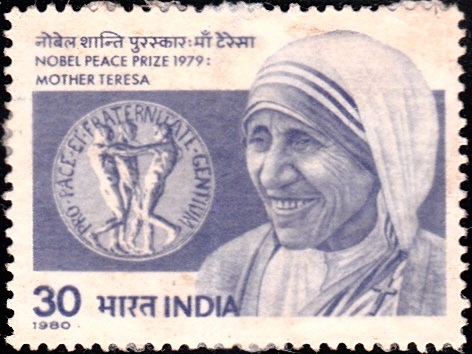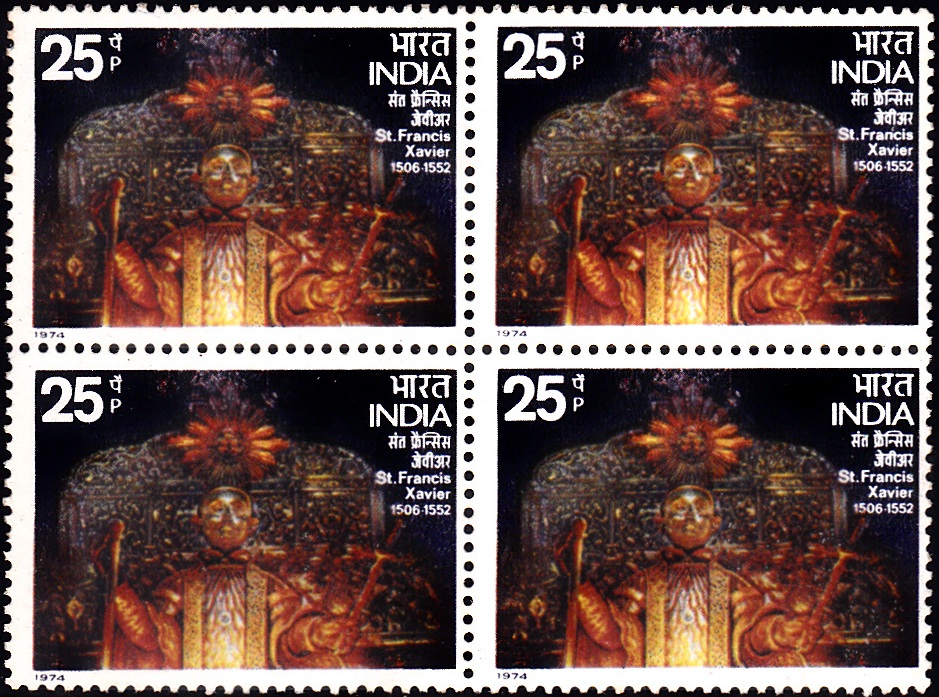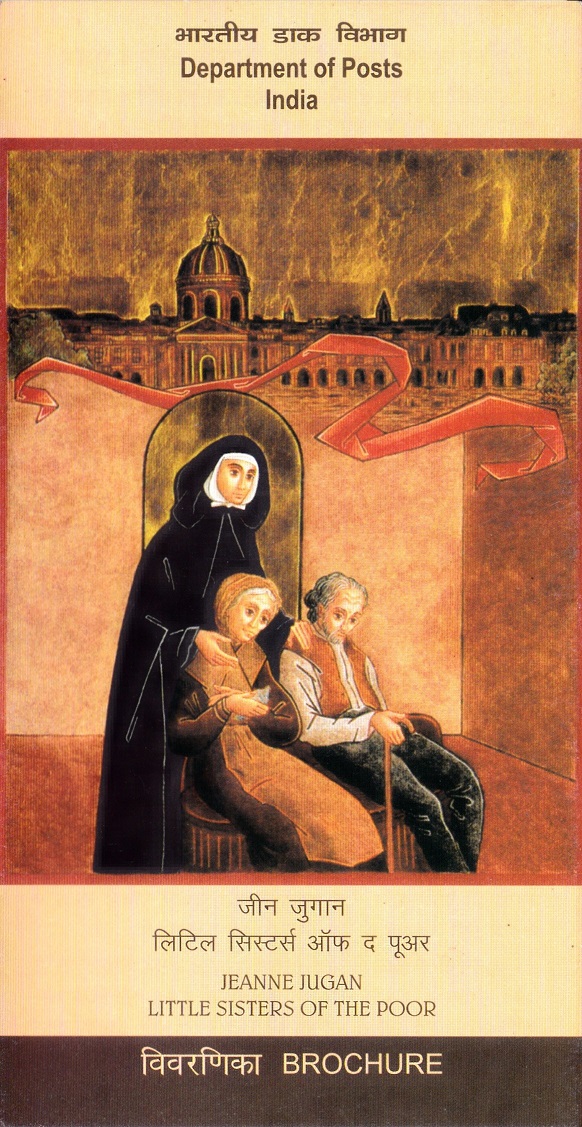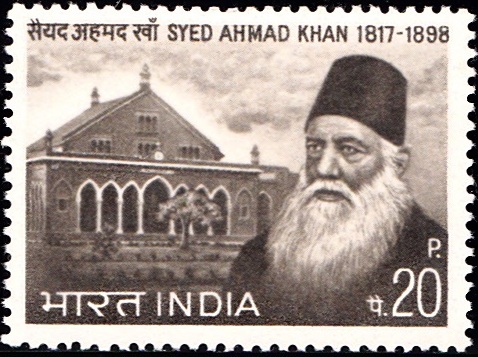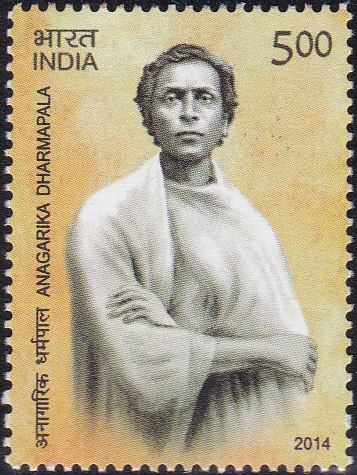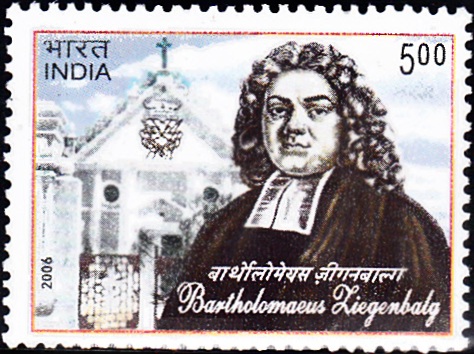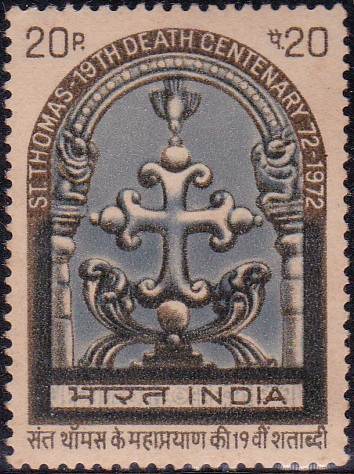
India on St. Thomas 1973
A commemorative postage stamp on the 19th Death Centenary of Saint Thomas the Apostle, one of 12 Apostles of Jesus Christ according to the New Testament :
Issued on Jul 3, 1973
Issued for : The Posts and Telegraphs Department are privileged to bring out a stamp commemorating the 1900th death anniversary of St. Thomas.
Description of Design : The stamp design is vertical and depicts the cross in the church on St. Thomas Mount, Madras.
Type : Stamp, Mint Condition
Colour : Grey & Raw Sienna
Denomination : 20 Paise
Overall Size : 3.91 X 2.90 cms.
Printing Size : 3.56 X 2.54 cms.
Perforation : 13 x 13
Watermark : Printed on unwatermarked adhesive stamp paper
Number Printed : 15,00,000
Number per issue sheet : 35
Printing Process : Photogravure
Designed and Printed at : India Security Press
Name : Didymus
Born on 1st century AD at Galilee, Roman Empire [now in Israel]
Died on Jul 3, 72 AD at Parangimalai, Chennai, Chola Empire [now St. Thomas Mount, Tamil Nadu, India]
About :
- The arrival of St. Thomas in India was a matter of great significance. There is a general belief that Christianity was brought to India by Western countries, which is not borne out by history. The very same time St. Peter and St. Paul proceeded West, St. Thomas had proceeded eastwards to India.
- Soon after the death, resurrection and ascension of Jesus Christ into heaven, His disciples assembled to discuss their future plans in the light of Christ’s direction to “go out all over the world and preach the Gospel to the whole creation”. It is said that the disciples cast lots to decide which way each of them should proceed to execute their Master’s orders and it fell to the lot of St. Thomas, to go East.
- The tradition is that St. Thomas first proceeded to the north-western parts of India, the land of the Parthian king Gondophares during the second quarter of the first century. There is little trace at present of the activities of the saint in these regions. Perhaps his mission was short-lived as history tells us that during the Kushan invasion around 47 a.d., King Gondophares had to flee and his dynasty ended. St. Thomas also had to leave.
- During that period the coast of Kerala was famous all over the world for its enormous supply of spices. There were regular sailings from the Middle East to the port of Muziris near present Cranganore, about 10 miles north of Cochin. St. Thomas sailed from Arabia to India and landed at Cranganore about the year 52 A.D. The traditional belief is supported by strong evidences of the activities of St. Thomas in South India. In Kerala he founded seven churches at Palayur, Cranganore, Kottakavu (Parur), Kokkamangalam, Niranam, Nilakal and Quilon.
- After his evangelisation on the west coast, he shifted his activities to the Coromandel coast in the East. Three places are outstanding in their connection with the missionary labours of St. Thomas in this part viz. Mylapore, Little Mount or Chinna Malai and St. Thomas Mount or Periamalai. Here he was the favourite of the local king Mahadevan. But he was ever in danger of losing his life by the scheming ministers of the king. St. Thomas had to hide in the jungles of the Little Mount to escape persecution.
- From Little Mount he shifted to St. Thomas Mount, a very difficult place of access in those days. But the marauders sought him there, and were on the point of seizing him. Unbroken tradition maintains that while the Apostle was praying before the cross carved by him on a stone, which is seen to this day, an assassin procured by King Mahadevan’s ministers and priests, crept up stealthily and pierced him with a lance from behind. Thereupon, the Apostle is reported to have fallen on the stone cross and embraced it, his blood wetting it and the space around. This was in the year 72 A.D. This cross was accidentally discovered as the Portuguese were digging up the foundations of a new church on the mount. It is now installed in this church. This cross is specially adopted for design of this stamp, being closely associated with the death of St. Thomas.



